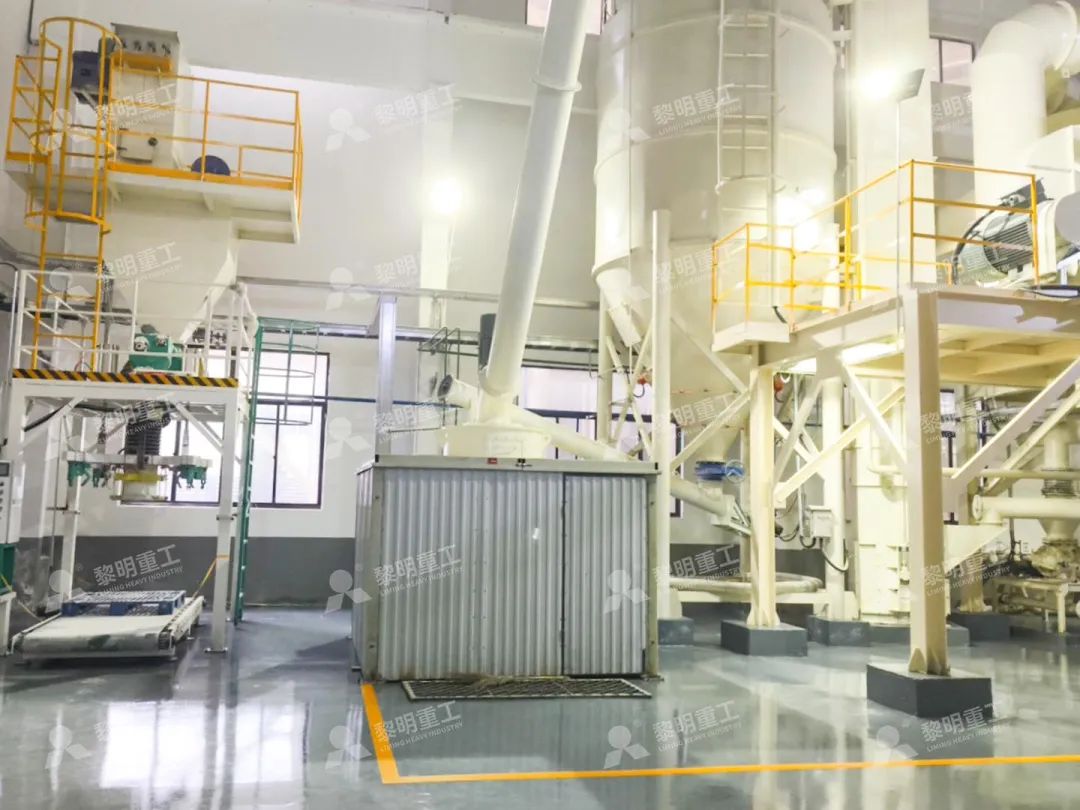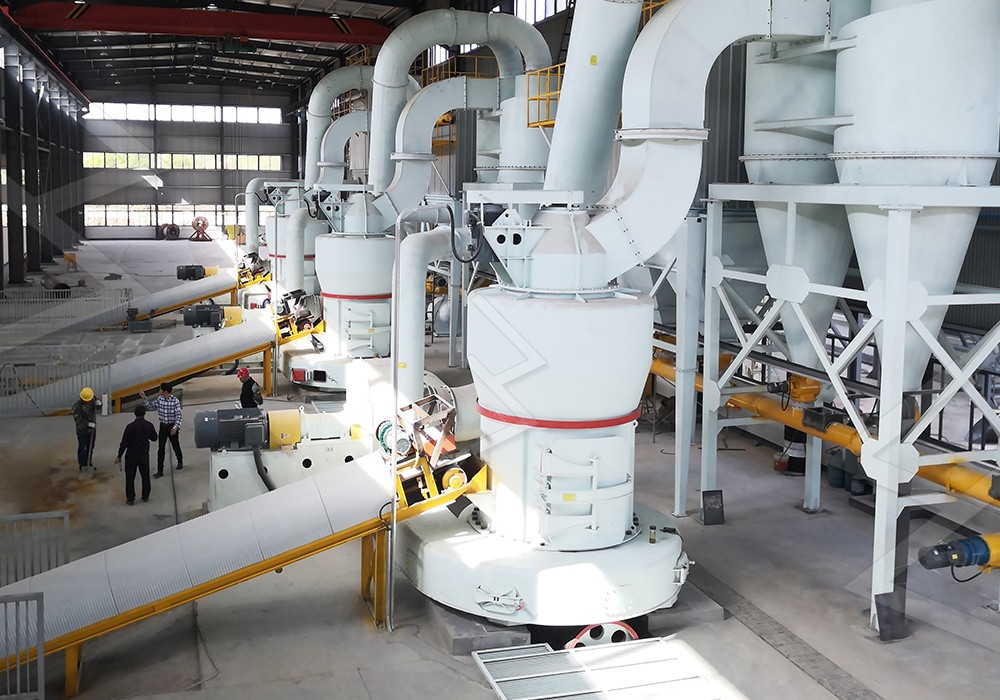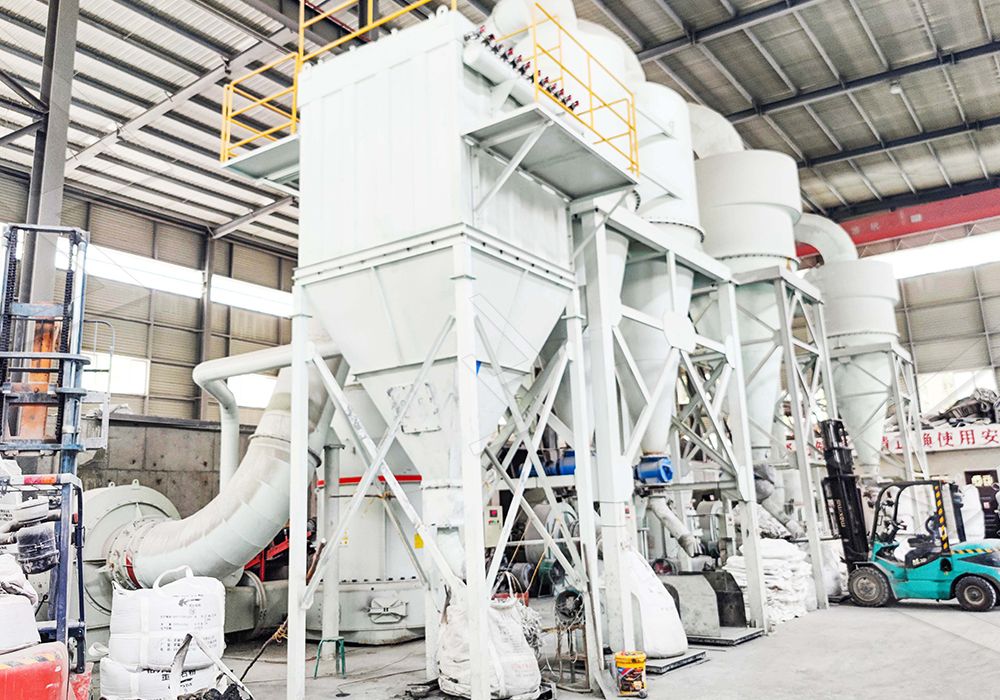Artificial Stone Grinding Mill: Types, Selection, and Cost Guide
Artificial Stone Grinding Mill: Types, Selection, and Cost Guide
In the world of industrial mineral processing, selecting the right grinding mill for artificial stone materials can significantly impact your operational efficiency, product quality, and bottom line. With various technologies available, understanding the key differences between mill types is crucial for making an informed decision.

Major Mill Types for Artificial Stone Processing
The grinding mill market offers several technologies, each with distinct advantages for specific applications. Vertical roller mills have gained popularity for their compact design and energy efficiency, while traditional ball mills remain relevant for certain coarse grinding applications. Trapezium mills provide a balanced solution for medium-fine grinding, and Raymond mills offer cost-effective options for smaller operations.
For operations requiring ultra-fine powders, specialized equipment becomes necessary. The MW Ultrafine Grinding Mill stands out in this category, specifically engineered for customers who need to produce ultra-fine powder from artificial stone and other mineral materials. With an input size capacity of 0-20 mm and throughput ranging from 0.5 to 25 tons per hour, this machine handles materials like limestone, calcite, dolomite, and engineered stone composites with exceptional efficiency.
Key Selection Criteria
When choosing a grinding mill for artificial stone applications, several factors demand careful consideration. The required product fineness should be your primary guide, as different mills excel at different particle size ranges. Production capacity requirements will narrow your options further, while energy consumption patterns can significantly impact long-term operational costs.
The MW Ultrafine Grinding Mill addresses these concerns with its innovative design. The cage-type powder selector, incorporating German technology, allows precise adjustment of fineness between 325-2500 meshes, with screening rates achieving d97≤5μm in a single pass. This precision eliminates the need for multiple processing stages in many applications.

Operational Considerations
Beyond technical specifications, practical operational factors play a crucial role in mill selection. Maintenance requirements, spare parts availability, and environmental compliance should influence your decision. Modern mills increasingly incorporate features that address these concerns proactively.
The MW series demonstrates this approach effectively. Its unique design eliminates rolling bearings and screws within the grinding chamber, preventing common failure points and reducing maintenance downtime. The external lubrication system enables continuous 24-hour operation without shutdowns for lubrication purposes.
Environmental and Efficiency Features
Today’s industrial operations must balance productivity with environmental responsibility. Modern grinding mills incorporate features that minimize dust emissions and reduce noise pollution without compromising performance.
The integrated pulse dust collector and muffler system in the MW Ultrafine Grinding Mill ensures compliance with stringent environmental standards while maintaining optimal processing conditions. The system’s energy efficiency is particularly noteworthy, consuming approximately 30% less energy compared to jet grinding mills while achieving 40% higher production capacity under similar conditions.

Cost Considerations
Mill selection involves evaluating both initial investment and long-term operational costs. While advanced technologies like the MW Ultrafine Grinding Mill may require higher upfront investment, their energy efficiency, reduced maintenance needs, and higher yield often justify this premium through lower lifetime costs.
Digital manufacturing techniques further enhance value by ensuring higher precision in core components, extending equipment lifespan and maintaining consistent performance. The availability of genuine spare parts and comprehensive technical support completes the value proposition, ensuring worry-free operation throughout the equipment’s service life.
Frequently Asked Questions
What is the typical particle size range for artificial stone grinding applications?
Most artificial stone processing requires fineness between 325-2500 meshes, depending on the final application. The MW Ultrafine Grinding Mill specifically targets this range with adjustable precision controls.
How does energy consumption compare between different mill types?
Advanced designs like the MW Ultrafine Grinding Mill can reduce energy consumption by 30-50% compared to conventional mills while increasing production capacity by up to 40%.
What maintenance features should I look for in a grinding mill?
Key features include external lubrication systems, easy-access design for maintenance, absence of internal bearings and screws in grinding chambers, and comprehensive spare parts support.
How important is environmental compliance in mill selection?
Modern operations require mills with integrated dust collection and noise reduction systems. Equipment like the MW series comes with pulse dust collectors and mufflers as standard features.
What production capacity range is typical for artificial stone grinding?
Capabilities vary widely, but mills like the MW Ultrafine Grinding Mill offer flexible throughput from 0.5 to 25 tons per hour, accommodating various production scales.
